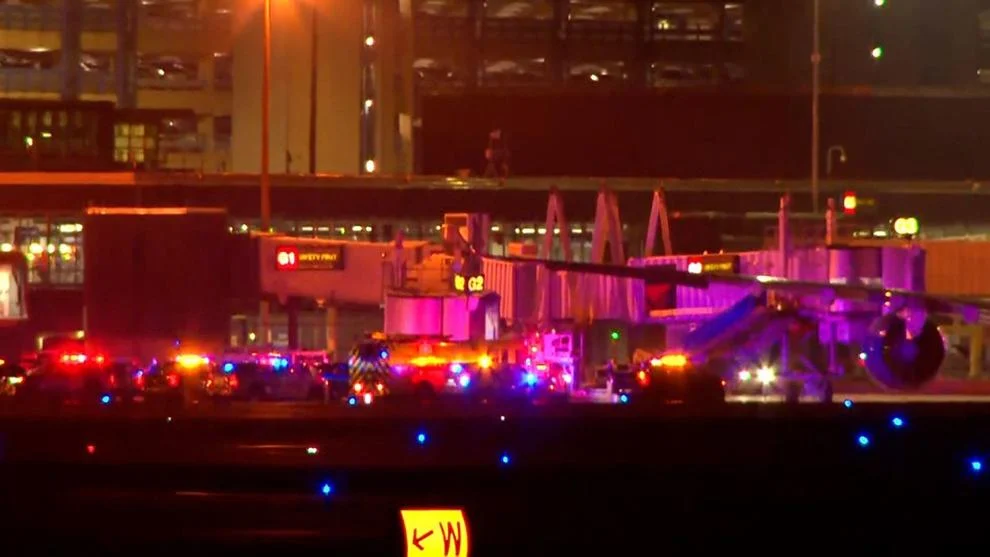What started as a routine international flight quickly turned into a terrifying ordeal for passengers and crew aboard a Delta aircraft on Wednesday evening.
Flight 56, which took off from Salt Lake City heading toward Amsterdam, had to make an unexpected and urgent landing after encountering severe turbulence that left dozens injured.
Flight Rerouted to Minneapolis After Dangerous Turbulence Hits
Instead of continuing its journey across the Atlantic, the flight was diverted to Minneapolis–St. Paul International Airport, where it touched down safely at about 7:45 p.m. local time.
The Airbus A330-900, which had 275 passengers and 13 crew members on board, had only been in the air for around three hours before things took a dangerous turn.
Emergency Responders Rush to Assist Dozens of Injured Travelers
As soon as the aircraft landed, paramedics and firefighters from the Minneapolis Fire Department were waiting at the gate, ready to jump into action.
According to CBS News, at least 25 people were transported to nearby hospitals for medical attention.
Some passengers had been violently thrown from their seats during the turbulence, and initial reports indicate that several may have suffered broken bones.
Airline Responds with Support and Safety Assurances
Delta Airlines issued a statement following the emergency landing, thanking first responders for their quick assistance.
“We are grateful for the support of all emergency responders involved,” a company spokesperson said.
The airline emphasized that passenger safety remains their top priority and confirmed that their internal Care Team is actively working with those affected to address any immediate concerns and needs.
What Happens Next for the Passengers and Flight Crew?
With the shock of the incident still fresh, many travelers are now undergoing medical evaluations while others are being rebooked or assisted with accommodations.
The airline is expected to conduct a full investigation into what caused such intense turbulence and will likely review onboard safety protocols to prevent similar incidents in the future.
While everyone on board survived, the incident serves as a stark reminder of how unpredictable air travel can be—even at cruising altitude.
